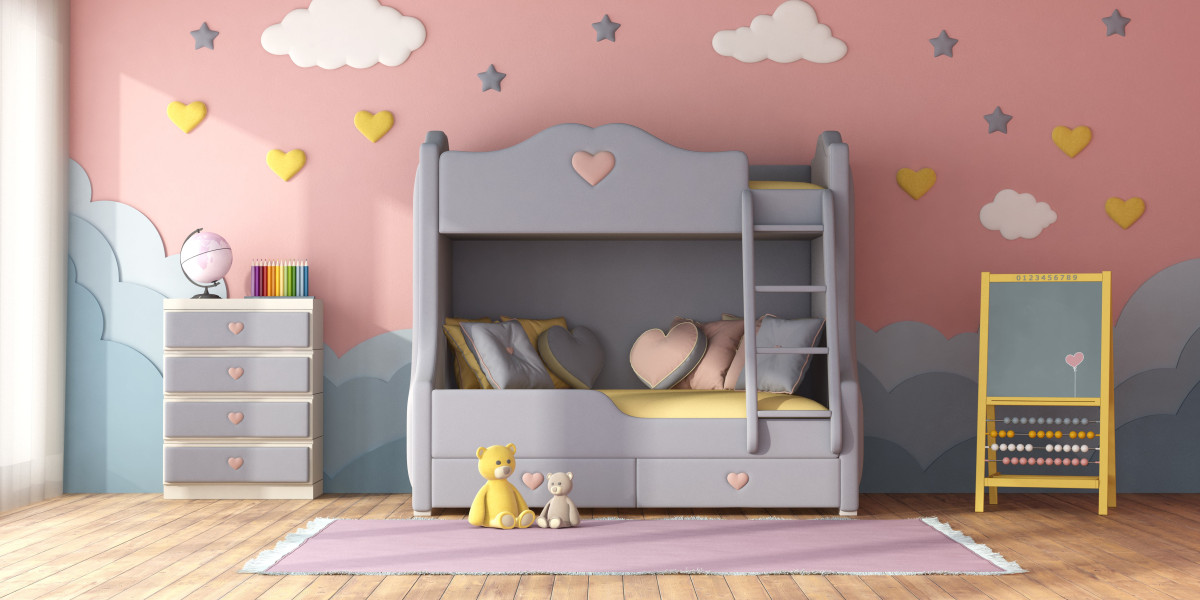Starting therapy is a powerful step toward personal growth and emotional well-being. But for many, the first individual therapy session can also bring feelings of nervousness or uncertainty. Understanding what happens in that first meeting can help ease concerns and make the experience more effective.
At 24/7 DCT’s Individual Therapy Program, licensed professionals are trained to create a safe, supportive space where individuals of all ages can begin their journey toward healing and growth. Whether for a teen, adult, or parent, knowing how to prepare for a therapy session and what to expect goes a long way in maximizing its benefits.
Insights: Why the First Therapy Session Feels Intimidating
It’s normal to feel a mix of emotions before your first therapy appointment—hope, nervousness, curiosity, or even fear. These feelings are often tied to:
- Fear of being judged
- Uncertainty about how much to share
- Concern about whether the therapist will understand
Knowing that these reactions are common helps you normalize the experience. Therapists are trained to guide the conversation and help clients settle in, especially during their first individual therapy session.
Pros & Cons: What the First Session Can and Cannot Do
Pros:
- Builds a foundation: The first session lays the groundwork for a trusting relationship between you and your therapist.
- Clarifies goals: You'll start identifying what you want from therapy—whether it's stress relief, clarity, or behavior change.
- Provides relief: Simply talking openly can bring a sense of emotional release and validation.
Cons:
- Limited progress in one session: Don’t expect all your issues to be resolved in a single visit.
- Emotional discomfort: Opening up for the first time may bring up strong emotions—but this is part of the process.
- Trial and adjustment: It may take time to determine if the therapist is the right fit.
The personal therapy overview begins here, helping both client and therapist assess how best to proceed in future sessions.
Examples: What a First Session Looks Like
Example 1: A Teen Struggling with Anxiety
A 15-year-old attends their first session feeling overwhelmed by school and social anxiety. The therapist uses simple, open-ended questions to create a relaxed atmosphere. Instead of diving deep immediately, they explore what’s been most stressful and agree on one small goal to start with—getting through the school week without a panic attack.
Example 2: A Parent Facing Burnout
A mother of three seeks therapy for chronic stress and emotional fatigue. In the first session, the therapist focuses on listening, validating her experience, and outlining a plan to improve self-care, boundary-setting, and mental clarity.
These examples show how initial counseling expectations are gently explored in the first session—always with empathy and without pressure.
Advanced How-Tos: Preparing for Your First Session
Good preparation helps you feel more confident and focused. Here’s how to prepare:
- Reflect on Your Why
Ask yourself: What led me to seek therapy? What do I want to change or understand better? - Set Realistic Goals
Your goals don’t need to be perfect. Start simple: “I want to manage stress better,” or “I want to feel less alone.” - Write Down Key Points
If you worry about forgetting what to say, jot down notes. Include symptoms, triggers, or experiences you want to discuss. - Manage Expectations
Therapy is a process. You don’t need to share everything in session one. Start where you're comfortable.
These therapy session preparation tips help create a more grounded and productive experience.
Specialized Tips: Making the Most of the First Therapy Session
- Be Honest, Even If It's Hard
Therapists don’t expect perfection—they expect honesty. It’s okay to say, “I’m not sure what I’m feeling.” - Ask Questions
You can ask about the therapist’s approach, how confidentiality works, or what future sessions will look like. - Don’t Force It All Out
Pace yourself. The therapist may guide you with prompts or activities that make it easier to express your thoughts. - Stay Open to the Process
The more you invest in being present and authentic, the more meaningful your therapy journey becomes.
These techniques help make your first individual therapy session more empowering and less stressful.
In-Depth Guide: What Happens Step-by-Step in Session One
1. Introductions and Rapport Building
You’ll meet the therapist and go through basic introductions. The goal is to build comfort.
2. Review of Confidentiality and Paperwork
The therapist explains what’s confidential, what’s shared, and any legal limitations.
3. Background and History
You’ll discuss relevant personal history, current symptoms, and past attempts at coping.
4. Discussion of Goals
The therapist helps you define your therapy goals and expectations.
5. Next Steps
You’ll agree on how often to meet and what future sessions might focus on.
This personal therapy overview helps you visualize the entire flow of the session, from start to finish.
Help/Support: Addressing Common Concerns
Some worries that clients often express before their first session include:
- “What if I cry?”
That’s okay. Emotions are welcome in therapy. - “What if I don’t know what to say?”
The therapist will help guide you. Silence is also a part of the process. - “Will my therapist judge me?”
Therapists are trained to provide a safe, non-judgmental space.
If anxiety continues to build, reach out beforehand to ask what to expect. A quick email or call can reduce pressure.
How Things Work: Therapist’s Role in Session One
The therapist’s job during the first session is to:
- Listen without judgment
- Create emotional safety
- Begin identifying patterns
- Collaborate on next steps
They’ll adjust their approach to suit your communication style, age, and emotional needs. For teens, therapists may use creative methods like journaling or art to initiate connection.
FAQ: First Individual Therapy Session
Q: How long does the first session last?
Most sessions last between 45 to 60 minutes.
Q: Do I have to talk about everything right away?
No. Share only what you feel ready to. Therapy moves at your pace.
Q: Can I bring someone with me?
Some therapists allow a support person in the waiting room, especially for children and teens.
Q: What happens if I don’t like the therapist?
It’s okay to discuss concerns or request a change. A good fit is important for therapy success.
Understanding what to expect in your first individual therapy session can help ease your mind and create a strong foundation for personal growth. Therapy isn’t about fixing everything instantly—it’s about building clarity, resilience, and emotional strength over time.
Learn more about starting your journey with our 24/7 DCT. Whether you’re looking for support for yourself, a teen, or another family member, professional guidance is available.
24/7 DCT offers compassionate, client-centered therapy services designed to meet your emotional and mental wellness goals at every stage of life.








